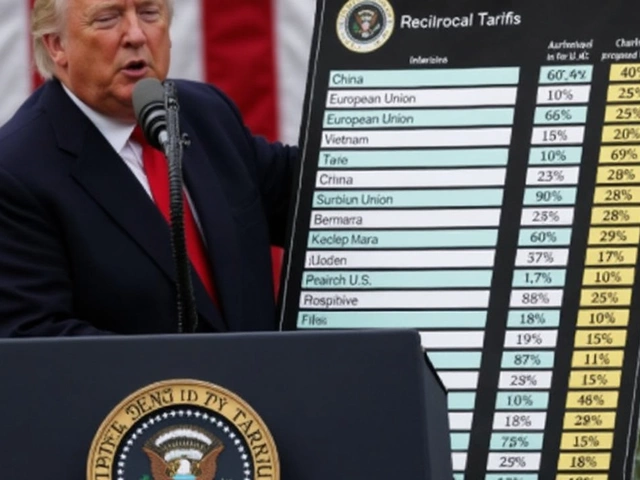RIR Power Electronics – Your Quick Guide
Got a project that needs a reliable power supply? You’re in the right place. RIR Power Electronics covers everything from simple DC‑DC converters to complex inverter systems, all explained in plain language. Stick around and you’ll learn the must‑know basics, pick the right components, and avoid the usual headaches.
What is Power Electronics?
Power electronics is the branch of engineering that controls and converts electrical energy using semiconductor switches. In everyday terms, it’s what lets a solar panel feed a home, an electric car drive its wheels, or a laptop charge its battery. The core idea is simple: take one type of voltage or current and turn it into another, efficiently and safely.
Key Components in RIR Power Electronics
The building blocks are a handful of devices you’ll see over and over. MOSFETs and IGBTs act like fast, controllable switches. Diodes let current flow in only one direction, protecting the circuit from reverse voltage. Capacitors smooth out ripples, while inductors store energy for later release. Picking the right part means looking at voltage rating, current capability, and how much heat it will produce.
Thermal management is a big deal. A tiny heat‑sink or a proper fan can keep a component from overheating and failing. If you’re unsure, start with a device that has a higher voltage rating than you need – it gives you a safety margin.
Now, onto the converters that actually do the heavy lifting. The most common types are:
- AC‑DC rectifiers – turn wall‑plug voltage into usable DC for gadgets.
- DC‑DC buck/boost converters – step voltage down or up while keeping efficiency high.
- DC‑AC inverters – generate clean AC power from batteries or solar panels.
- AC‑AC cycloconverters – change frequency for motor speed control.
Each topology has a simple circuit diagram you can sketch on a napkin. The key is to match the topology to your power level and control needs.
Design tips for beginners? Start with a clear specification: input voltage range, output voltage, current, and efficiency target. Use simulation tools like LTspice to test the circuit before you solder anything. Keep trace lengths short on the PCB to reduce EMI, and add decoupling capacitors right next to the switches.
Practical applications are everywhere. In renewable energy, a DC‑DC boost converter extracts the maximum power from a solar panel. In electric vehicles, a high‑power DC‑AC inverter drives the motor. Even household appliances use RIR‑style power supplies to run efficiently and reliably.
Testing and safety shouldn’t be an afterthought. Always power up with a current‑limited bench supply and check waveforms on an oscilloscope. Verify isolation between high‑voltage and low‑voltage sections – a simple resistor can detect leakage. Wear eye protection when you’re switching high currents; a short can spark fast.
Ready to go deeper? Grab a starter kit that includes a MOSFET, driver IC, and a few inductors. Follow a tutorial that builds a 5 V buck converter – it’s a classic project that teaches you layout, control loop, and debugging. Join forums like the Power Electronics subreddit; the community drops tips, part recommendations, and troubleshooting tricks daily.
Whether you’re a hobbyist building a LED driver or a professional designing a 10 kW inverter, mastering RIR Power Electronics gives you control over how energy flows in your designs. Keep experimenting, stay curious, and you’ll soon turn those power‑conversion challenges into routine tasks.
RIR Power Electronics Sets July 11, 2025 for 1:1 Bonus Share Issue, Doubling Shareholder Holdings
RIR Power Electronics is rolling out a 1:1 bonus share issue with July 11, 2025, as the key record date. Shareholders on record that day will see their holdings double automatically, following a similar move made nearly three decades ago. This step aims to reward loyalty and make trading the stock easier.





